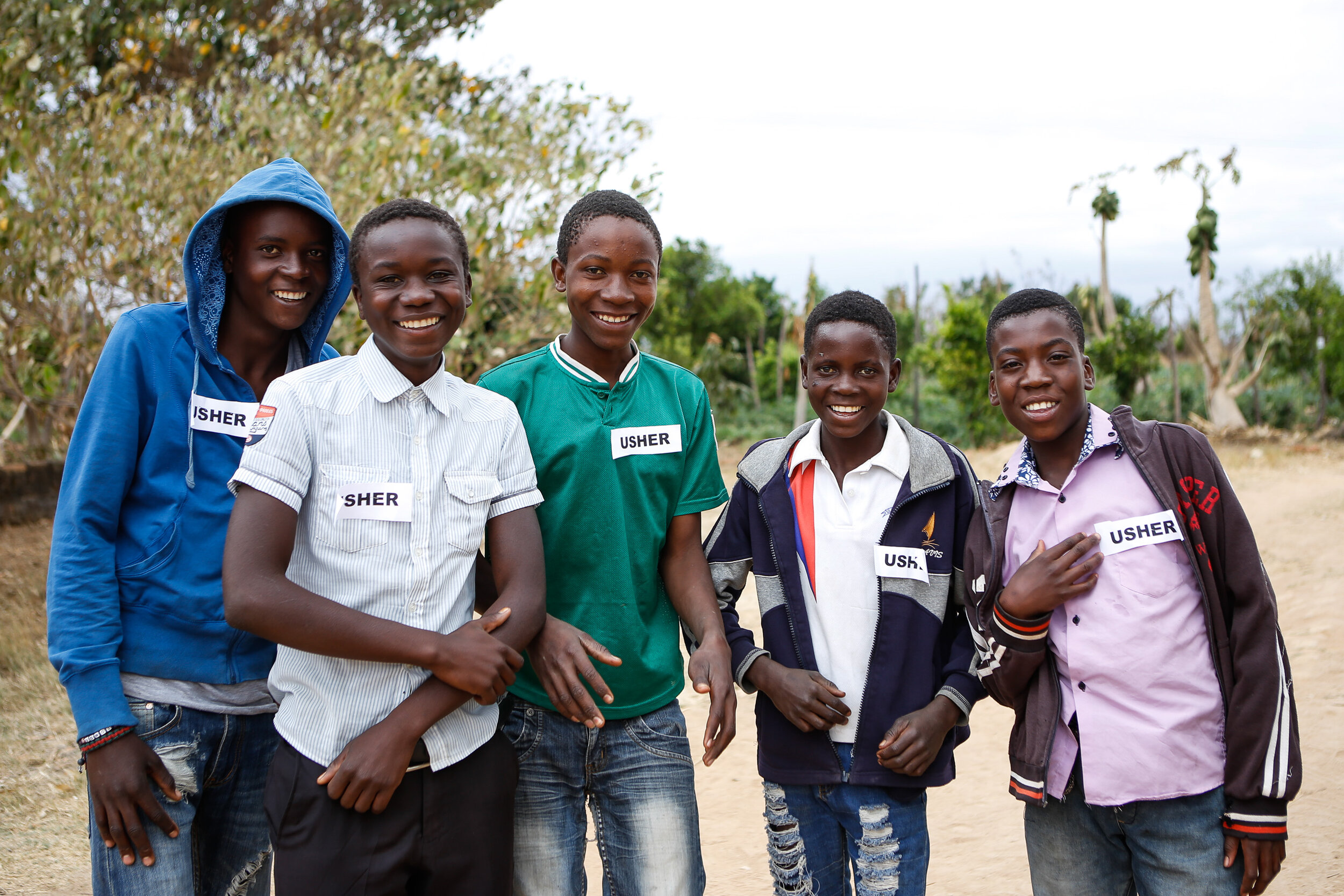 According to UNICEF, “of the 13 million people in Zimbabwe, 48% are children. More than one-quarter of children below the age of 18 are not living with either parent. Among these children, the majority have been abandoned by their parents or orphaned.”
According to UNICEF, “of the 13 million people in Zimbabwe, 48% are children. More than one-quarter of children below the age of 18 are not living with either parent. Among these children, the majority have been abandoned by their parents or orphaned.”
This bleak reality motivated Heather Chinhoga Orphan Care (HCOC) to gather orphaned and vulnerable children in Murehwa District, Zimbabwe to train them to be socially relevant and productive citizens. To support HOCC’s work, they created a poultry business to supplement the community donations. However, poultry production is a low margin business, and viability can only be achieved by producing and marketing large volumes at any time. A lack of adequate production facilities and working capital constrained HCOC, thereby limiting its ability to produce at optimum capacity. And without adequate production rates, thousands of children suffer.
In 2017, HOCC applied for USADF funding to:
-
Recruit a qualified bookkeeper with relevant experience to train an apprentice bookkeeper
-
Provide financial training to HOCC’s Board and management
-
Construct three 5,000-bird capacity poultry houses to increase HCOC’s production capacity to over 20,000 birds at any given time
-
Equip the poultry houses with heaters, drinkers, and feeder equipment to improve management practices
-
Construct foot and vehicle baths, incinerators, and fencing for the poultry unit
-
Improve its broiler production by improving production practices and reducing the chicken mortality rate.
The impact of USADF funding is truly astounding.
Before USADF’s investment, HOCC was able to support 700 orphaned and vulnerable children from pre-school to university. With USADF’s support, HOCC now supports more than 3,600 children with full scholarships, uniforms, and food for child-headed households. In the Murehwa District of Zimbabwe, HOCC, with USADF’s support, has reduced school dropout by 100%! A remarkable feat for HOCC.
Additionally, HOCC now employs an average of 10 women for each slaughtering period.
The organization was also able to complete construction of the first 5,000 capacity poultry house with fully equipped drinkers and feeders, thereby increasing current production capacity to 11,700 birds per cycle from 6,000 birds in 2017. Annual production increased from a little over 16,000 in 2017 to more than 25,000 in 2019 and is expected to reach 90,000 by 2022!
USADF is truly doing development differently, utilizing a community-led development approach and 100% local African technical partners.
Consistently, USADF’s development model delivers remarkable results that lift millions of African out of poverty daily. Where others see challenges, we at USADF develop solutions. And we create pathways to prosperity for all Africans.
